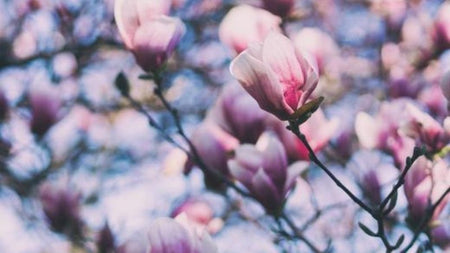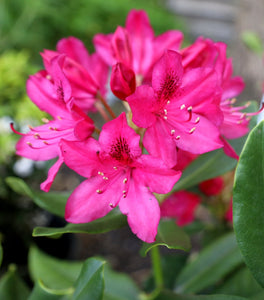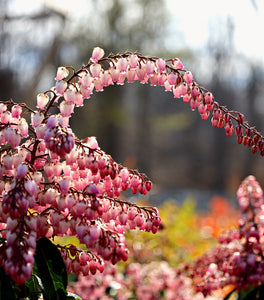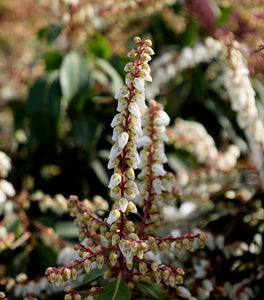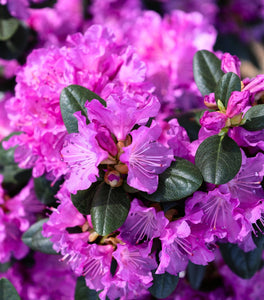
Images Depict Mature Plants
Pieris Flaming Silver Shrubs for Sale Online
A spark of color for shade gardens year-round.
The Pieris Flaming Silver (Pieris japonica ‘Flaming Silver’), often called Flaming Silver Andromeda, is a striking evergreen known for its silvery variegated leaves and vivid red new growth. In early spring, it bursts with pendulous clusters of white, bell-shaped flowers, creating an elegant display against the brightly edged foliage. Its compact habit and multi-season interest make it a must-have for shade gardens, woodland borders, and foundation beds.
Perfect for part shade and low-maintenance landscapes.
Flaming Silver Pieris thrives in partial shade and acidic, well-drained soil. It reaches 2–4 feet in height and 3–5 feet in width, forming a graceful, evergreen mound that fits beautifully beneath trees or along pathways. Its slow growth and neat habit make it ideal for containers and small gardens where color and texture matter most. This is one evergreen that shines even in shady spots where few other plants thrive.
A season-to-season showstopper.
In spring, new leaves emerge a fiery pink-red before maturing to green with silvery-white margins. Meanwhile, fragrant white flower clusters draw pollinators and add delicate movement to the garden. As summer fades to winter, its evergreen foliage remains bright and clean, providing structure when most shrubs are dormant.
Deer-resistant and easy to grow.
Hardy in USDA Zones 5–8, Flaming Silver is both cold-tolerant and deer-resistant. It requires little maintenance once established and rarely suffers from pests or disease. For gardeners looking to add year-round interest with minimal effort, Pieris Flaming Silver delivers color, texture, and reliability in every season.
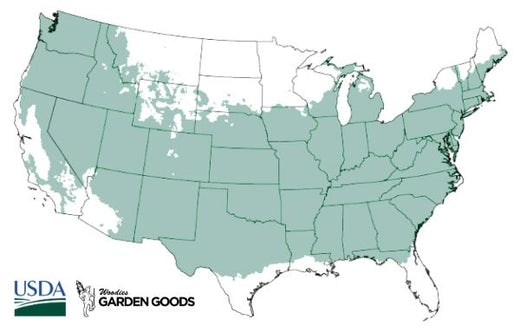
| Hardiness Zone: | 5-8 |
|---|---|
| Mature Height: | 2 to 4 Feet |
| Mature Width: | 3 to 5 Feet |
| Classification: | Broad leaved evergreen shrub, early to mid-spring flowering |
| Sunlight: | Part shade to part sun |
| Habit: | Upright, compact, densely branched |
| Flower Color: | White flowers |
| Foliage: | Bright red new Growth in spring, turning Dark Green with silvery-white edges in summer |
| Pruning Season: | Late summer, promotes increased branching and more flowers however rarely needs pruning |
| Soil Condition: | Any well drained soil |
| Water Requirements: | Water well until established |
| Uses: | Extremely attractive when used as a focal point in the mixed border, mass planting, or a specimen planting. Provides nectar sources for pollinators. Great winter interest due to the flower clusters. |
How to Care for Pieris Flaming Silver
Be sure to read our planting instructions to ensure a healthy and happy Pieris Flaming Silver plant for years to come!
How do I plant Pieris Flaming Silver?
Select a spot with partial shade to filtered sunlight and acidic, well-draining soil. Dig a hole twice as wide as the root ball but no deeper. Set the plant so the top of the root ball is level with the soil surface. Backfill halfway, water thoroughly, then finish filling and water again. Apply a 2–3 inch layer of pine bark mulch to retain moisture and preserve soil acidity, keeping mulch a few inches from the stem.
How often should I water Pieris Flaming Silver?
Water regularly during the first year to establish strong roots—typically once or twice per week. After establishment, Flaming Silver is fairly low-maintenance but benefits from consistent moisture during dry spells. Avoid allowing the soil to dry out completely or become waterlogged. Deep, infrequent watering is best for developing a resilient root system.
When and how should I fertilize Flaming Silver Pieris?
Fertilize in early spring using a slow-release, acid-lover fertilizer formulated for azaleas or rhododendrons. Apply around the dripline and water thoroughly. Avoid high-nitrogen fertilizers, which can promote excess leaf growth at the expense of flowers. An annual feeding is generally enough to maintain healthy growth and vibrant color.

Does Pieris Flaming Silver need pruning?
Minimal pruning is required. Remove spent flower clusters and any damaged branches after blooming in late spring. If desired, lightly shape the plant to maintain a compact form. Avoid pruning too late in the season, as this can remove next year’s flower buds. Regular deadheading keeps the shrub tidy and encourages fuller growth.













